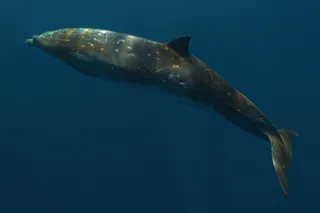Nanodiamonds in the Younger Dryas Boundary Sediment Layer:
We report abundant nanodiamonds in sediments dating to 12.9 ± 0.1 thousand calendar years before the present at multiple locations across North America. Selected area electron diffraction patterns reveal two diamond allotropes in this boundary layer but not above or below that interval. Cubic diamonds form under high temperature-pressure regimes, and n-diamonds also require extraordinary conditions, well outside the range of Earth's typical surficial processes but common to cosmic impacts. N-diamond concentrations range from 10 to 3700 parts per billion by weight, comparable to amounts found in known impact layers. These diamonds provide strong evidence for Earth's collision with a rare swarm of carbonaceous chondrites or comets at the onset of the Younger Dryas cool interval, producing multiple airbursts and possible surface impacts, with severe repercussions for plants, animals, and humans in North America.
A few days ago I expressed the opinion that climate change alone explanations are a bit suspicious to me. This particular hypothesis has a bit of a skyhook feel to me. The scenario is not logically impossible, and it could be sufficient as a causal factor, but the reasons for megafaunal extinctions have to consider the broader context of separate events over long periods of time correlated with the arrival of humans. Though climate change is sufficient, I would offer that the arrival of modern humans was necessary.













